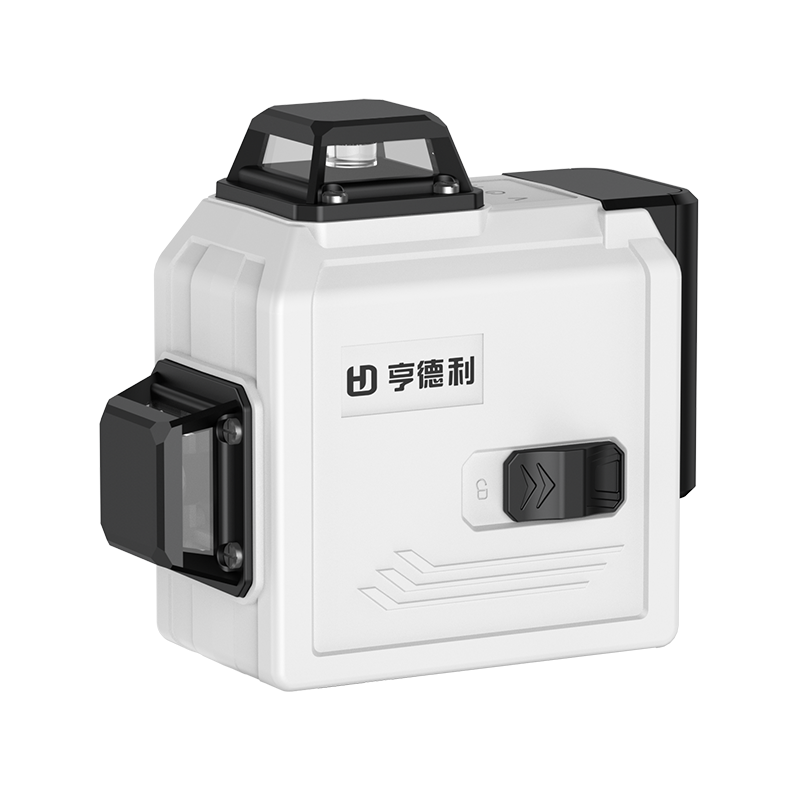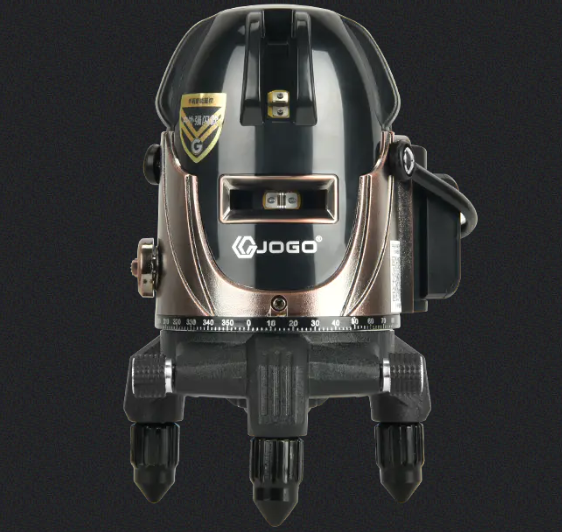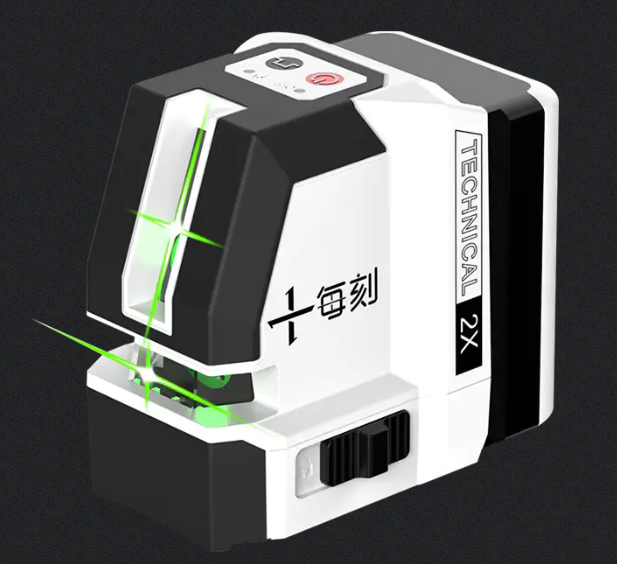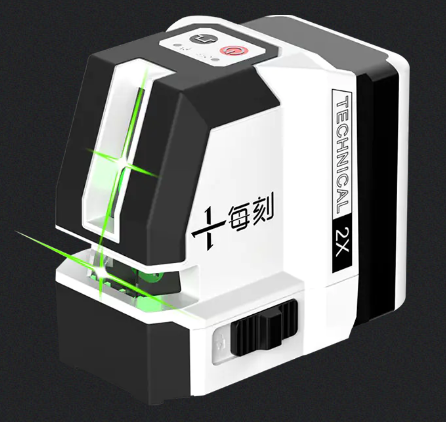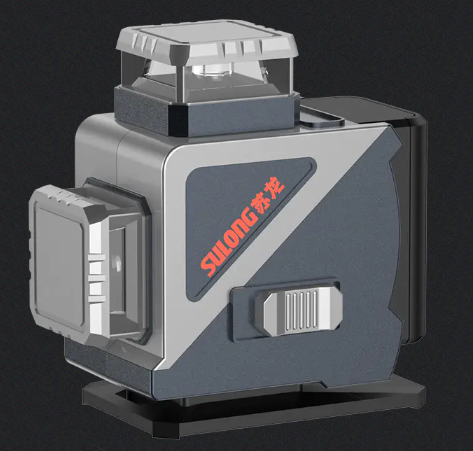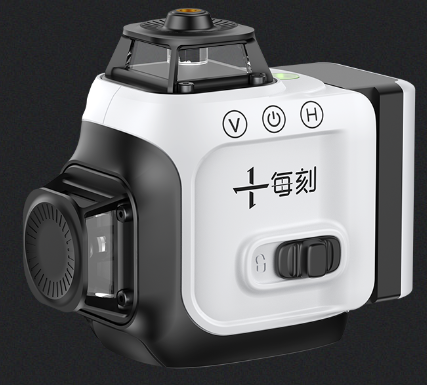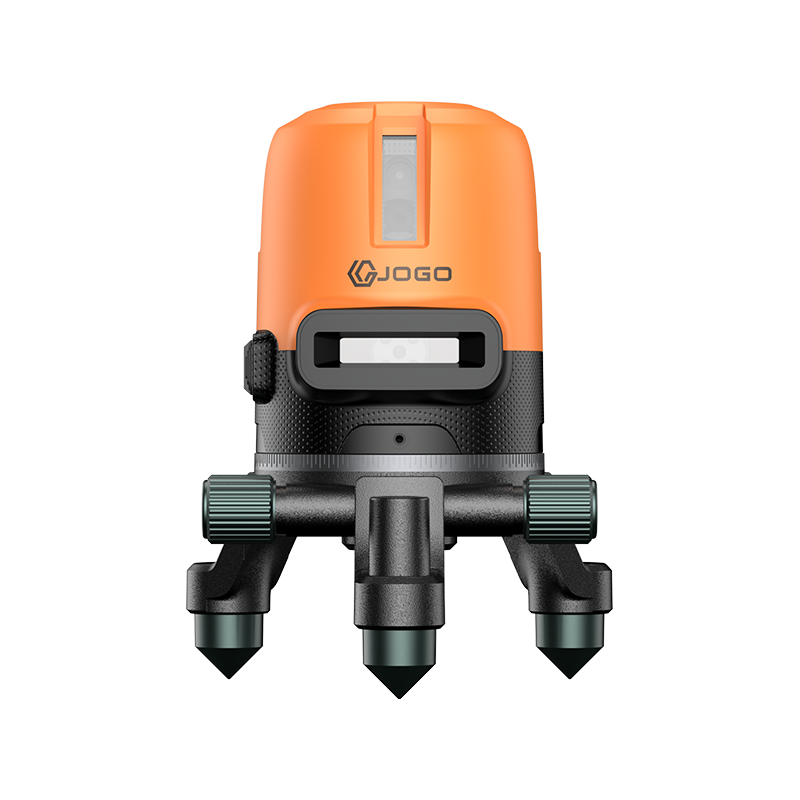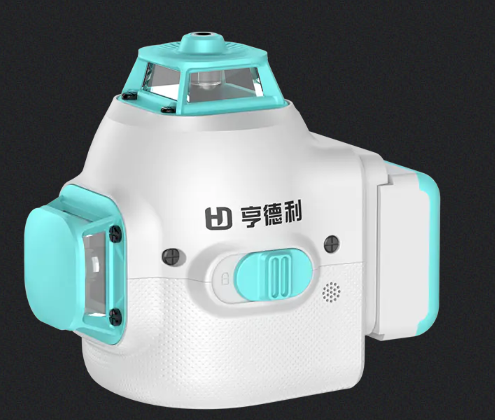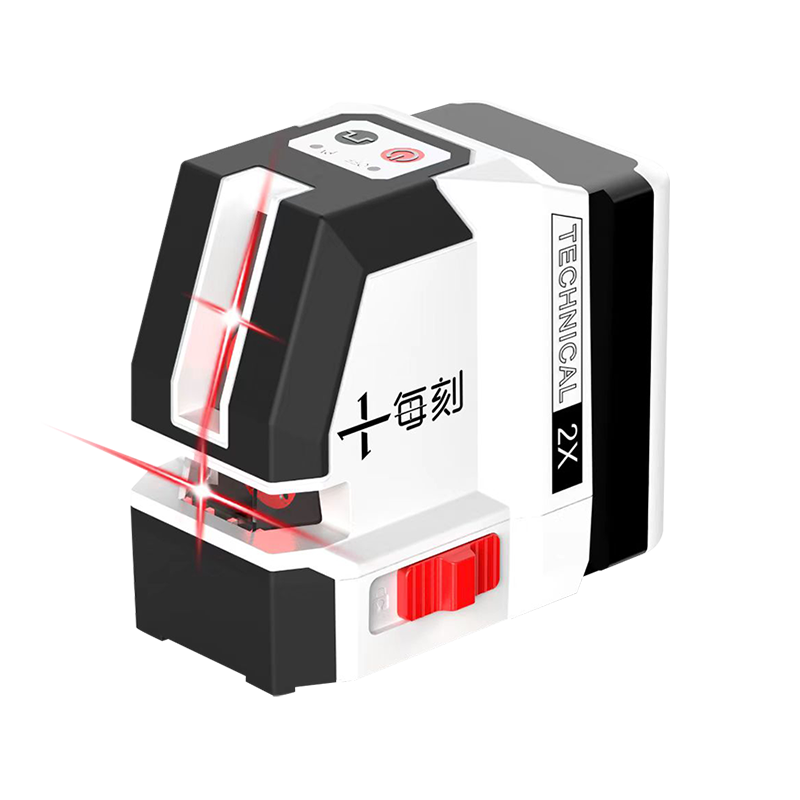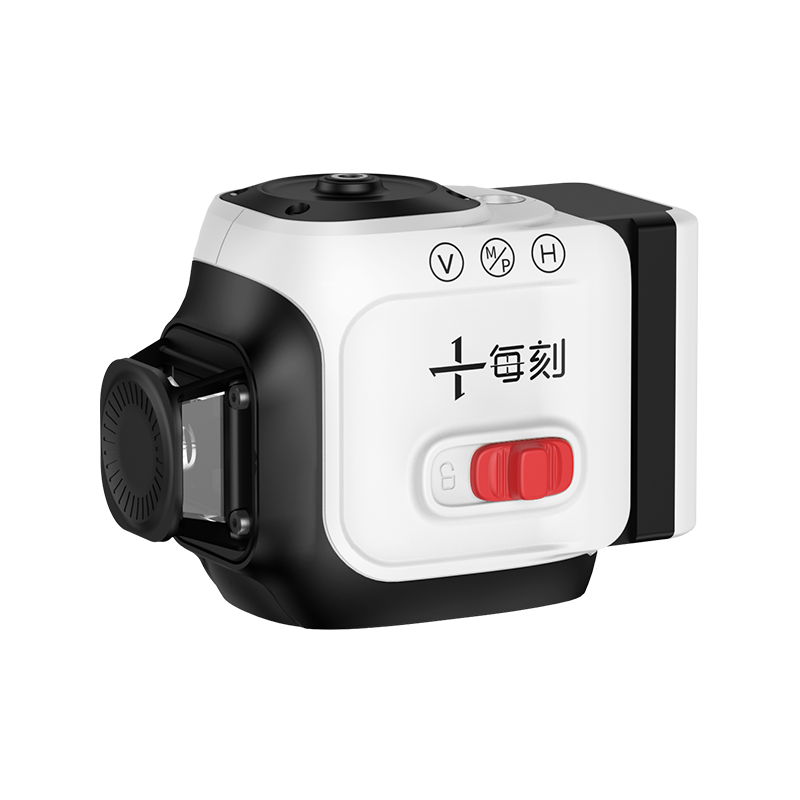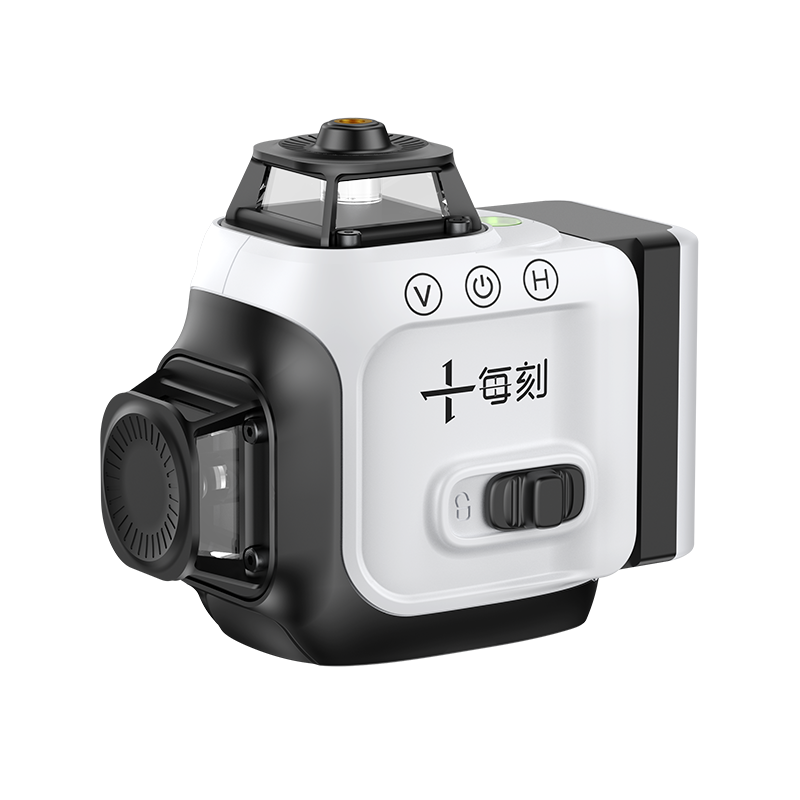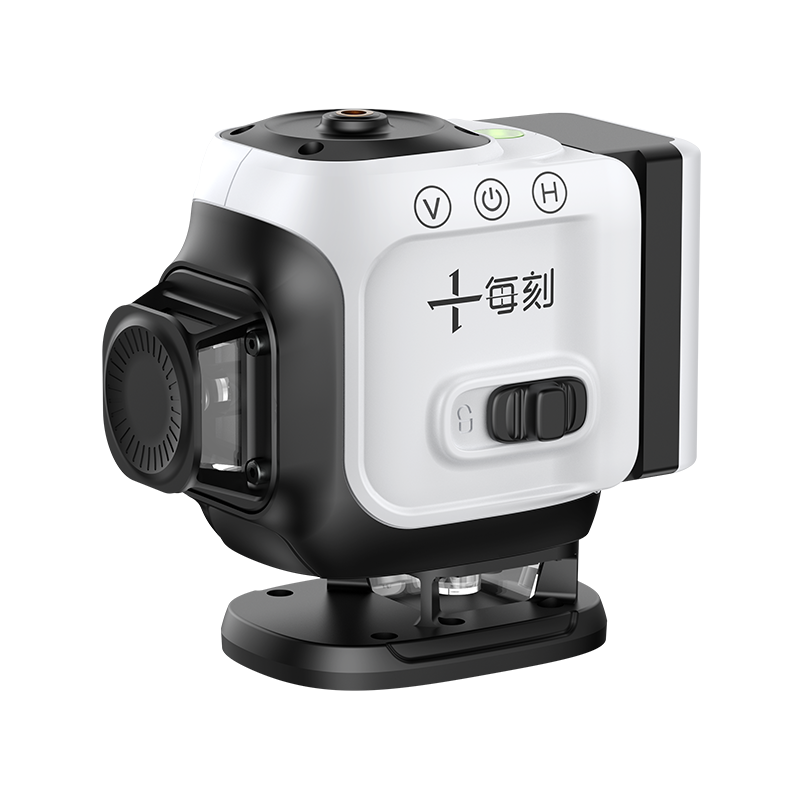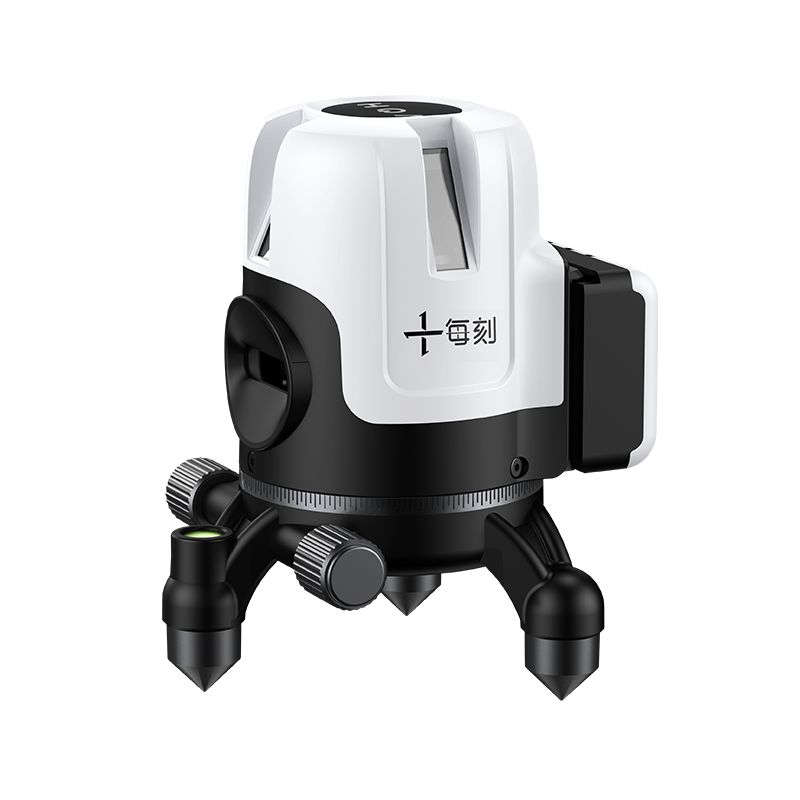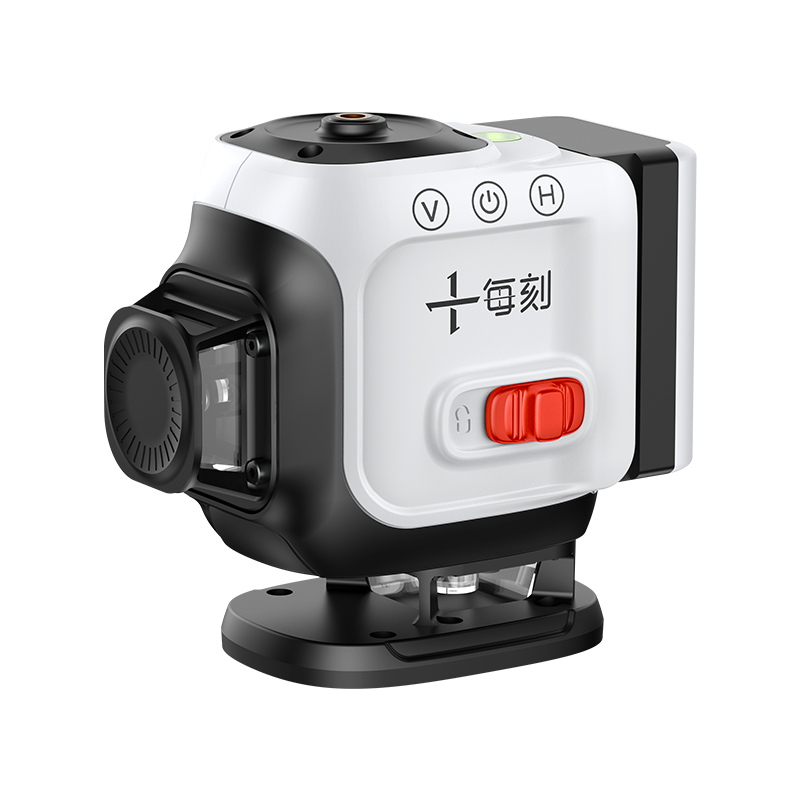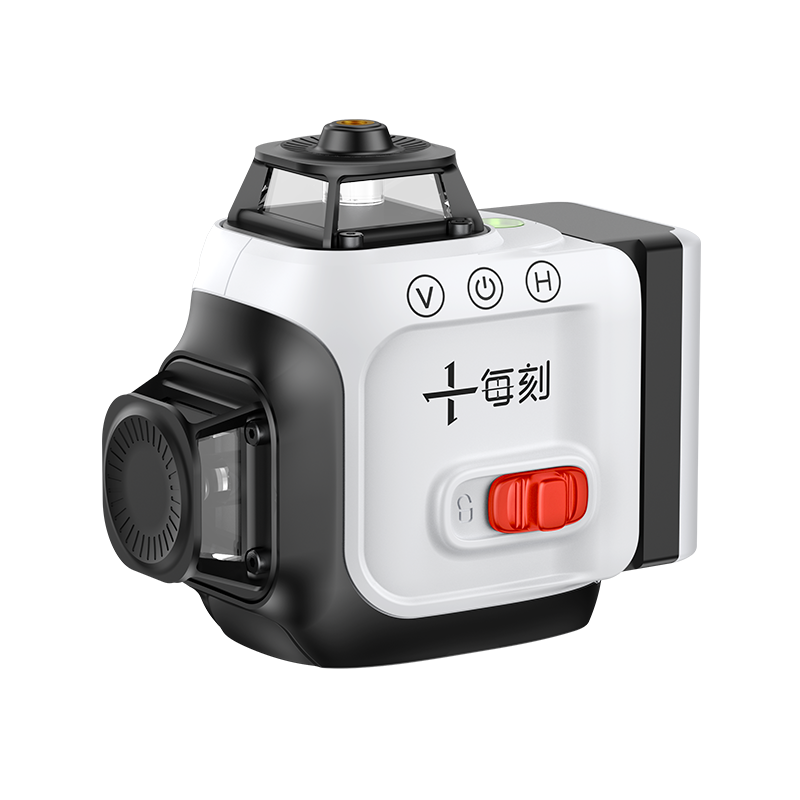
In many fields such as construction, interior decoration and equipment installation, 2-Line Red Laser Level has won wide application due to its high precision and convenience. One of its core components is its red laser line. As one of the basic properties of laser, the wavelength of laser is affected by many factors.
1. The laser wavelength is closely related to the material used by the laser. For the red laser level, its wavelength is mainly concentrated in the range of 630-670nm. The selection of this range is directly related to the gain medium characteristics inside the laser. The gain medium is the core component of the laser to generate laser. Different materials will release light of a specific wavelength when excited. Therefore, when selecting laser materials, engineers will decide what materials to use according to actual needs and application scenarios to produce the required laser wavelength.
2. The laser wavelength is also affected by the structure of the laser. The design of the laser, including the length of the resonant cavity, the reflectivity of the reflector, and the characteristics of the laser medium, will affect the wavelength of the laser. As a key part of the laser, the length of the resonant cavity directly determines the stability of the laser wavelength. The reflectivity of the reflector and the characteristics of the laser medium further affect the output quality and wavelength range of the laser. Therefore, when designing and manufacturing the 2-Line Red Laser Level, these factors need to be considered comprehensively to ensure the accuracy and stability of the laser wavelength.
3. The laser wavelength is also affected by the use environment. Changes in parameters such as the temperature, pump power, and current of the laser may cause a slight shift in the laser wavelength. These factors affect the physical process inside the laser, thereby affecting the output characteristics of the laser. Therefore, when using the 2-Line Red Laser Level, it is necessary to pay attention to maintaining the stability and reliability of the laser and reducing the impact of environmental factors on the laser wavelength.
4. The choice of laser wavelength affects the measurement accuracy and stability of the laser level, and is also related to its application effect in different fields. For example, in the medical field, lasers of specific wavelengths can be used to promote blood circulation and relieve pain; in the field of material processing, lasers of different wavelengths are suitable for different cutting and welding tasks. Therefore, when designing and using the 2-Line Red Laser Level, it is necessary to select the appropriate laser wavelength according to the specific application scenarios and needs.
The laser wavelength of the 2-Line Red Laser Level is closely related to many factors such as the materials, structure, and use environment of the laser. Understanding and mastering these factors is of great significance to improving the measurement accuracy and stability of laser level. With the continuous advancement of science and technology and the continuous expansion of application fields, 2-Line Red Laser Level will play an important role in more fields.

 English
English Español
Español 简体中文
简体中文